Episcia Malayan Gem – Red Flower
Original price was: ₹599.00.₹199.00Current price is: ₹199.00.
5 in stock
Size: Single Plant | 2.5″ Pot Included
The ‘Episcia Malayan Gem‘ is a stunning cultivar of Episcia, often referred to as a Flame Violet, prized for its unique foliage and delicate blooms. Like other Episcias, it’s a tropical plant that thrives in warm, humid conditions.
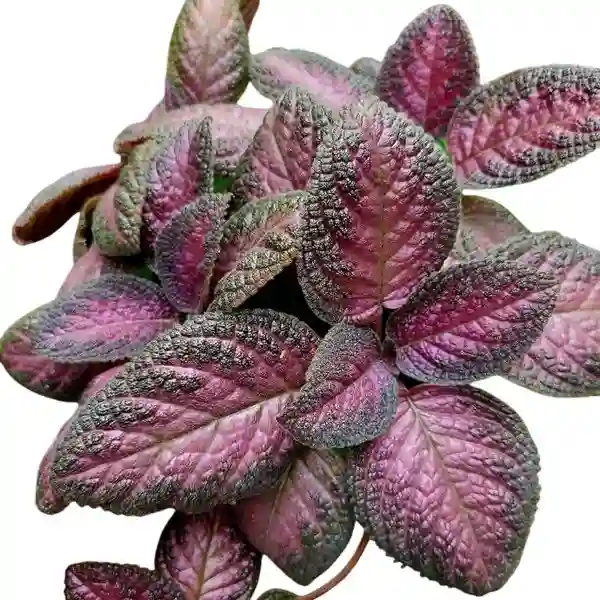
Here’s a detailed guide to Episcia Malayan Gems care:
1. Light:
- Bright, indirect light is ideal. ‘Malayan Gem’ prefers plenty of light to maintain its vibrant leaf colors and encourage blooming, but direct sunlight can scorch its leaves and cause them to fade.
- An east or north-facing window is usually a good spot. If you’re using artificial grow lights, ensure they are not too intense, as this can also bleach the leaves. If leaves appear bleached, move the plant to a slightly shadier spot.
- Insufficient light can lead to dull leaf color and reduced flowering.
2. Watering:
- Keep the soil consistently moist, but never waterlogged. Episcias don’t like to dry out completely.
- Check the soil moisture regularly, and water when the top inch or so feels slightly dry.
- Use lukewarm or room-temperature water. Distilled or rainwater is preferable if your tap water is hard or contains high levels of chlorine.
- Avoid getting water on the leaves, especially if the water is cold, as this can lead to unsightly spots and potentially fungal issues. Bottom-watering is a great method to keep the foliage dry.
- Reduce watering slightly during the winter months when the plant’s growth slows.
- Overwatering is a common killer, leading to root rot. Underwatering will cause the leaves to droop and the plant to suffer.
3. Humidity:
- High humidity is crucial for ‘Malayan Gem’ to thrive, ideally between 60-90%. These plants originate from tropical rainforests.
- To provide adequate humidity:
- Use a pebble tray filled with water beneath the pot (ensure the pot is not sitting in the water).
- Place a humidifier nearby.
- Growing it in a terrarium or a mini-greenhouse can provide excellent humidity.
- Avoid frequent misting, as this can lead to fungal problems on the leaves.
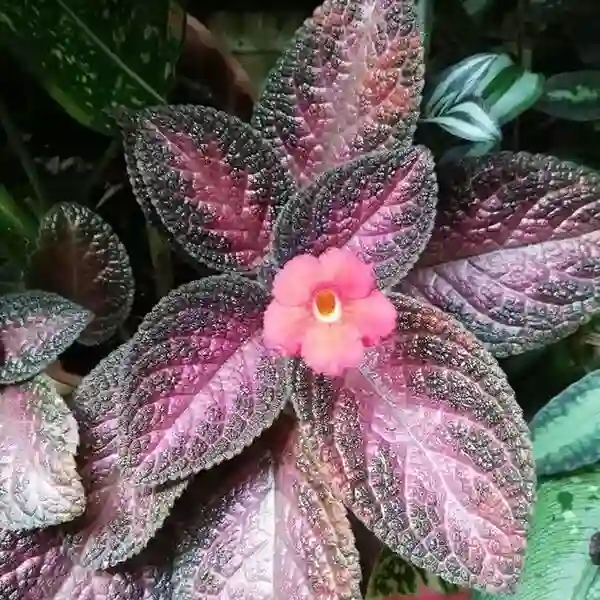
4. Temperature:
- Warm temperatures are essential. Maintain an indoor temperature range of 18-24°C (65-75°F).
- ‘Malayan Gem’ is very sensitive to cold drafts and sudden temperature drops. Temperatures below 15°C (59°F) can cause significant stress, leading to browning leaves and potentially plant death if prolonged.
5. Soil:
- Use a well-draining, peat-based potting mix that is rich in organic matter. A mix specifically formulated for African Violets usually works well for Episcias.
- Good drainage is critical to prevent root rot. You can amend a standard potting mix with perlite or vermiculite for improved drainage and aeration.
6. Fertilizing:
- During the active growing season (spring and summer), feed your ‘Malayan Gem’ with a balanced liquid fertilizer formulated for houseplants (or African Violets) at half strength every 4-6 weeks.
- Reduce or stop fertilizing in the fall and winter when growth naturally slows down.
7. Repotting:
- Episcias are relatively fast growers and may need to be repotted annually, typically in the spring.
- Choose a pot that is only slightly larger than the current one, as Episcias tend to flower better when a little root-bound.
- Be gentle with the roots during repotting.
8. Propagation:
- ‘Malayan Gem’ is very easy to propagate, primarily through its stolons (runners).
- Stolons: These are small plantlets that grow on long stems extending from the main plant. You can pin a plantlet down onto moist potting mix in a separate pot while it’s still attached to the mother plant. Once rooted, you can cut the stolon connecting it to the mother plant. Alternatively, you can cut a plantlet from the stolon and root it directly in water or moist soil.
- Leaf Cuttings: You can also root leaf cuttings, similar to African Violets, by planting a healthy leaf with about an inch of petiole (stem) in moist soil.
9. Common Problems:
- Brown leaf tips/edges: Often indicates low humidity, cold drafts, or inconsistent watering.
- Yellowing leaves: Usually a sign of overwatering or too cold temperatures.
- Drooping leaves: Can be a symptom of both underwatering and overwatering (due to root rot). Check the soil moisture to determine the cause.
- Fading leaf color: Too much direct light.
- Lack of blooms: Often due to insufficient light or if the plant is putting too much energy into producing runners. Pruning back some runners can encourage flowering.
- Pests: Watch out for common houseplant pests like spider mites. High humidity helps deter spider mites. If you spot them, treat with insecticidal soap or neem oil.
- Root rot: The most common issue, caused by consistently soggy soil. Ensure excellent drainage.
- Fungal diseases (e.g., powdery mildew): Can occur in high humidity with poor air circulation. Provide good airflow and avoid misting the leaves.
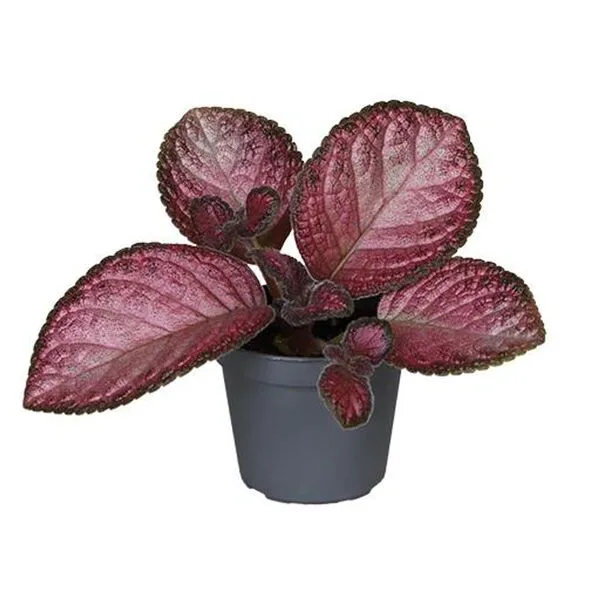
By providing these specific care requirements, your ‘Episcia Malayan Gem’ should thrive and display its stunning foliage and lovely flowers.
Only logged in customers who have purchased this product may leave a review.

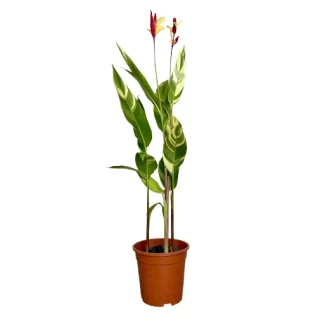
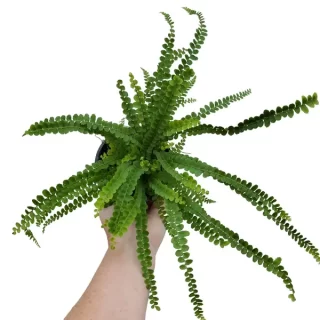
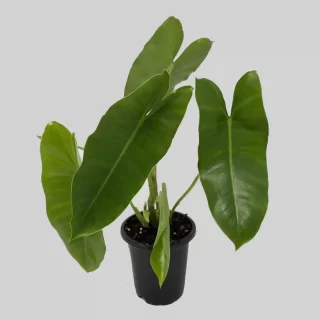
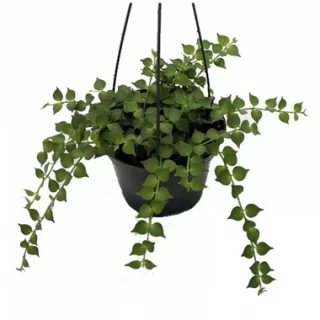
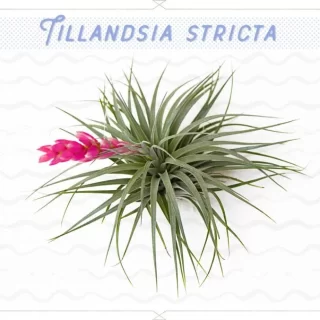

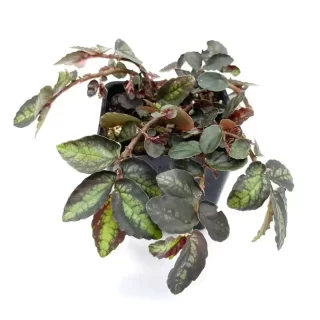
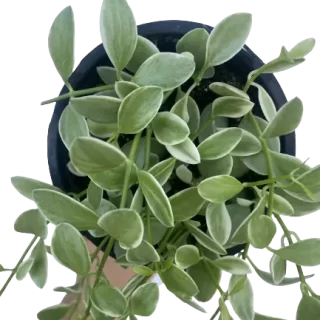
 If you need any assistance, I'm always here. Have you found what you were looking for?
If you need any assistance, I'm always here. Have you found what you were looking for?
Reviews
There are no reviews yet.